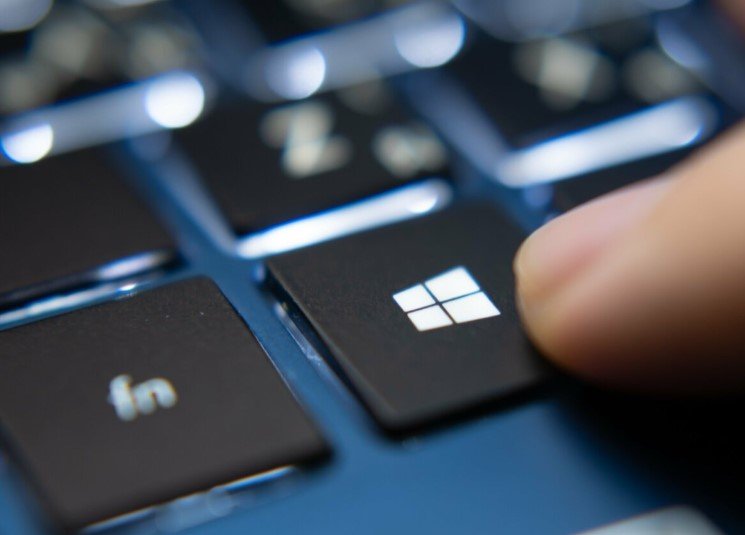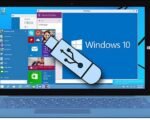Imagine if your computer could rewind itself, showing you everything you’ve done—exactly as it happened. That’s the promise behind Microsoft’s Recall tool, a feature that takes snapshots of your screen activity and stores them locally so you can revisit your digital past with a quick search. It’s a neat idea, but it didn’t start out smoothly.
Microsoft first unveiled Recall to a storm of criticism over privacy and security concerns. The backlash was so intense the company pulled the release, tightened security controls, then quietly relaunched it weeks later with some tweaks. Now, it’s back, but only on certain high-end PCs that meet strict specs. After testing it on a Copilot+ branded Windows 11 machine, here’s what I found — and why it feels like a major evolution for Windows, with some big trade-offs.
The Magic of Recall: Searching Through Your Screen History
Recall is basically a digital time machine. It captures screenshots of everything you do on your PC and saves those images locally. But that’s just the start. Instead of scrolling endlessly through a timeline, you can type a simple keyword — like “spreadsheet” or “email from Mike” — and Recall instantly pulls up relevant moments from your past activity.
That search functionality is a real game changer. Microsoft added AI smarts that analyze the images and text to make searching fast and surprisingly accurate. I tried it out by searching “presentation draft,” and Recall found screenshots from a week ago where I was working on slides. No scrolling, no guessing.
It feels a bit like Google Photos for your desktop — but for your whole workflow instead of just pictures.

Why Recall Demands Serious Hardware
Here’s the catch: Recall isn’t for your average laptop. To run it, Microsoft requires a Copilot+ PC, a certification that means your machine has a recent processor — usually from the past year — and enough power to crunch AI data continuously in the background.
Why so demanding? Because Recall uses AI to analyze every screenshot it captures in real-time. This requires heavy CPU and GPU resources. On my test machine, I noticed the system fan kicking up more often, and the battery took a bit of a hit. It’s like having a small AI assistant working behind the scenes all day long.
Microsoft admits this upfront. The company’s official docs warn that Recall uses “significant processing power” and is not yet suited for older or less powerful devices.
This hardware bar means most people won’t see Recall anytime soon unless they buy the newest laptops or desktops. It’s a sharp contrast to Windows features that aim to run across millions of devices.
Privacy Concerns and Security Upgrades
Recall’s first debut caused quite the uproar. The idea of capturing every screen, storing all those images—even locally—made privacy watchdogs and security experts uneasy. What if sensitive data leaks? What about hackers?
Microsoft hit pause, then went back to the drawing board. The re-release features stronger encryption, tighter access controls, and explicit user permission requirements. All data stays local, never sent to the cloud, which helps ease some fears.
Still, it’s a big ask for users to trust that all their screen history remains safe on their machine. Even insiders admit there’s a balance between innovation and caution here.
How Recall Fits into Microsoft’s Bigger AI Strategy
Recall is part of a broader shift at Microsoft as the company doubles down on AI-powered tools. It complements Copilot, the AI assistant baked into Windows, Office, and more.
Together, these tools aim to make computers smarter helpers rather than just dumb machines waiting for input. Instead of hunting for files or trying to remember what you did yesterday, Recall helps users find context quickly. It’s a glimpse into a future where your OS works for you, not the other way around.
But Microsoft also knows it’s early days. The tool is still rough around the edges, and Microsoft isn’t rushing new features. Instead, it’s gathering feedback, improving security, and figuring out the best ways to fit Recall into daily work without bogging down performance.
The Road Ahead: Practical But Pricey
Right now, Recall is more of a niche feature — incredibly useful if you have the right PC and need to track your workflow history closely. For heavy multitaskers, researchers, or creative pros juggling multiple projects, it could save hours hunting through past windows.
The question is whether the benefit outweighs the costs for most users. Can Microsoft eventually optimize Recall to run on lower-end machines? Will the public fully trust it with their screen history? Time will tell.
But if you ask me, Recall is a glimpse of what Windows could become — a computer that remembers for you, helping you stay on top of your digital life without the usual hassle.








